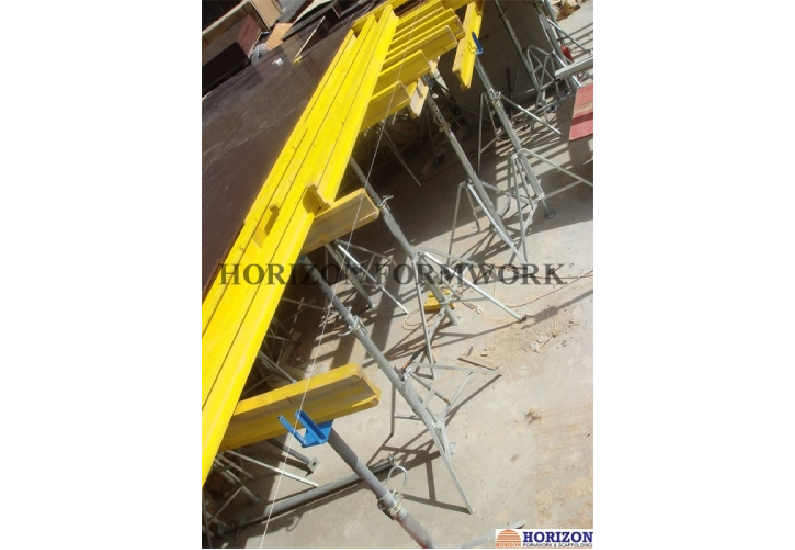Nov . 15, 2024 10:34 Back to list
sliding formwork for core wall
Sliding Formwork for Core Wall Construction
In the realm of modern construction, the quest for efficiency, safety, and quality drives the continuous evolution of building techniques. Among these innovations, sliding formwork has emerged as a pivotal technology, particularly in the construction of core walls in high-rise buildings. This article delves into the concept of sliding formwork, its benefits, applications, and its impact on the construction industry.
Understanding Sliding Formwork
Sliding formwork, also known as slipform, is a method that allows the continuous pouring of concrete as the formwork moves upwards, following the construction progress. This technique is primarily used for vertical structures such as core walls, which are integral to a building's overall stability. Core walls serve as the main support structures, housing elevators, staircases, and mechanical services.
The sliding formwork system consists of a series of panels that are attached to hydraulic jacks. As the concrete sets, the formwork is gradually moved upwards, allowing for a seamless and continuous construction process. This method contrasts with traditional formwork systems that require the form to be stripped and reset after each pour, a process that is often time-consuming and labor-intensive.
Benefits of Sliding Formwork
1. Speed of Construction One of the most significant advantages of sliding formwork is its ability to expedite the construction process. Since the formwork can be moved continuously, project timelines can be significantly reduced. High-rise buildings, which require extensive core walls, benefit immensely from this efficiency as it allows for faster completion without compromising the quality of the concrete.
2. Improved Quality The continuous pour process minimizes the occurrence of cold joints, which can weaken the structural integrity of the wall. The result is a smoother, more uniform wall with enhanced strength and durability.
3. Labor Cost Efficiency By reducing the need for repetitive formwork handling, sliding formwork decreases labor costs. The need for skilled labor is also minimized, as the process can be automated to a certain extent, allowing for a more streamlined workforce management.
sliding formwork for core wall

4. Safety Safety is paramount in construction. Because sliding formwork is typically operated with hydraulic systems and has fewer manual handling requirements, it reduces the potential for workplace accidents. This, in turn, fosters a safer working environment for construction workers.
Applications in Core Wall Construction
Sliding formwork is particularly suited for the construction of core walls in skyscrapers and large-scale commercial buildings. These structures often demand robust core walls to ensure stability and to house essential services such as elevators and pipes. The seamless vertical construction provided by sliding formwork allows builders to achieve the necessary height and structural integrity efficiently.
Notably, the method has been successfully implemented in several high-profile projects across the globe. For instance, the construction of numerous skyscrapers in rapidly urbanizing cities has utilized sliding formwork to expedite building processes and meet increasing demands for vertical living spaces.
Challenges and Considerations
While sliding formwork offers numerous benefits, it is not without its challenges. The upfront costs associated with purchasing or renting the sliding formwork system can be high. Additionally, the project must be meticulously planned, as the system requires precise coordination and timing.
Moreover, proper training is essential for personnel operating the sliding system. Mismanagement can lead to errors in pouring and could compromise the overall quality of the construction. Therefore, it's crucial for project managers to ensure that all team members are adequately trained and experienced in handling sliding formwork systems.
Conclusion
Sliding formwork presents a revolutionary approach to core wall construction in high-rise buildings. Its ability to enhance speed, quality, and safety makes it a preferred choice among forward-thinking construction professionals. As the industry continues to evolve, embracing such innovative methods will be essential in meeting the growing demands for sustainable and efficient building solutions. The future of construction, particularly in urban environments, undoubtedly lies in the effective implementation of technologies like sliding formwork.
-
High-Quality U Head Jack Scaffolding – Reliable Scaffolding Jack Head Manufacturer & Factory
NewsJul.08,2025
-
High-Quality I Beam H20 Leading Timber Beam H20 Material Factory, Exporters & Manufacturers
NewsJul.08,2025
-
High-Quality Powder Coating Steel Formwork - Durable & Corrosion Resistant Solutions
NewsJul.07,2025
-
Inclined Column Formwork Supplier – Durable & Precise Solutions for Unique Structures
NewsJul.07,2025
-
High-Quality Water Stop Solutions Trusted Water Stop Company & Suppliers
NewsJul.07,2025
-
High-Quality Formwork Material Supplier Reliable Manufacturer & Factory Solutions
NewsJul.06,2025